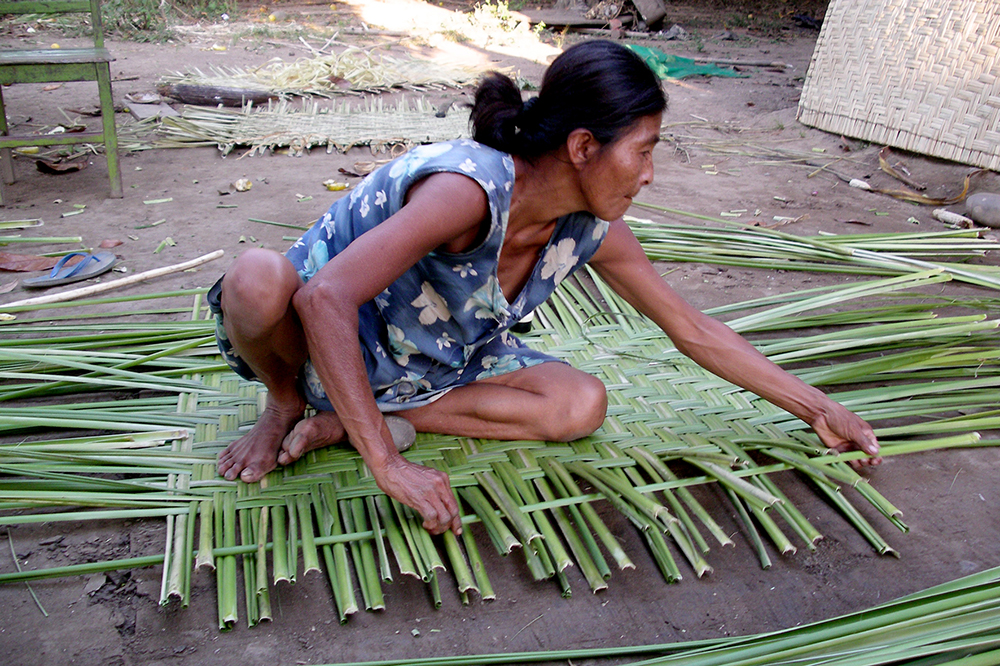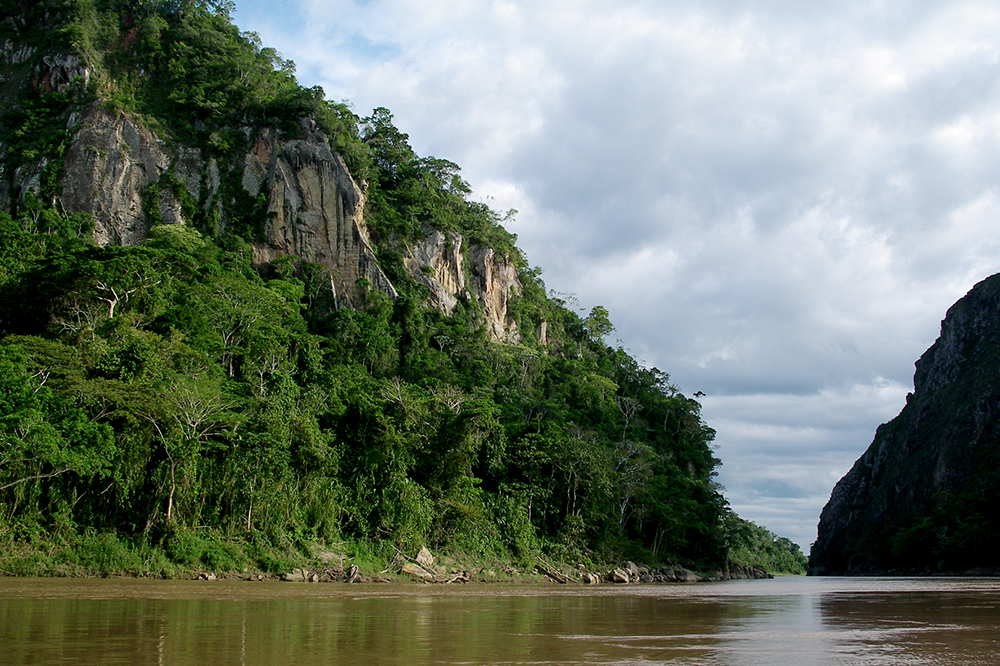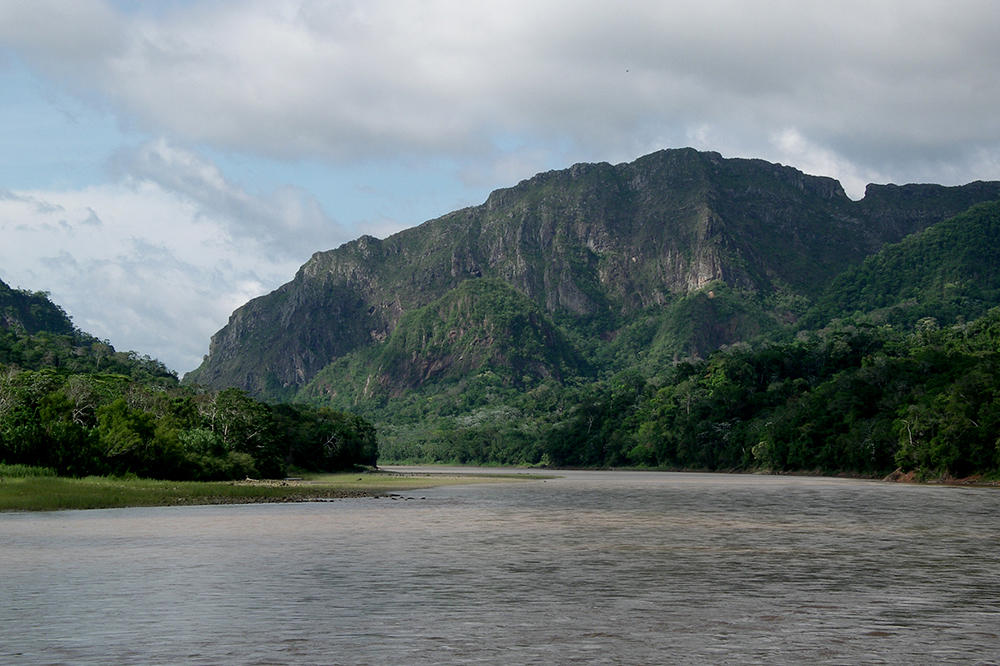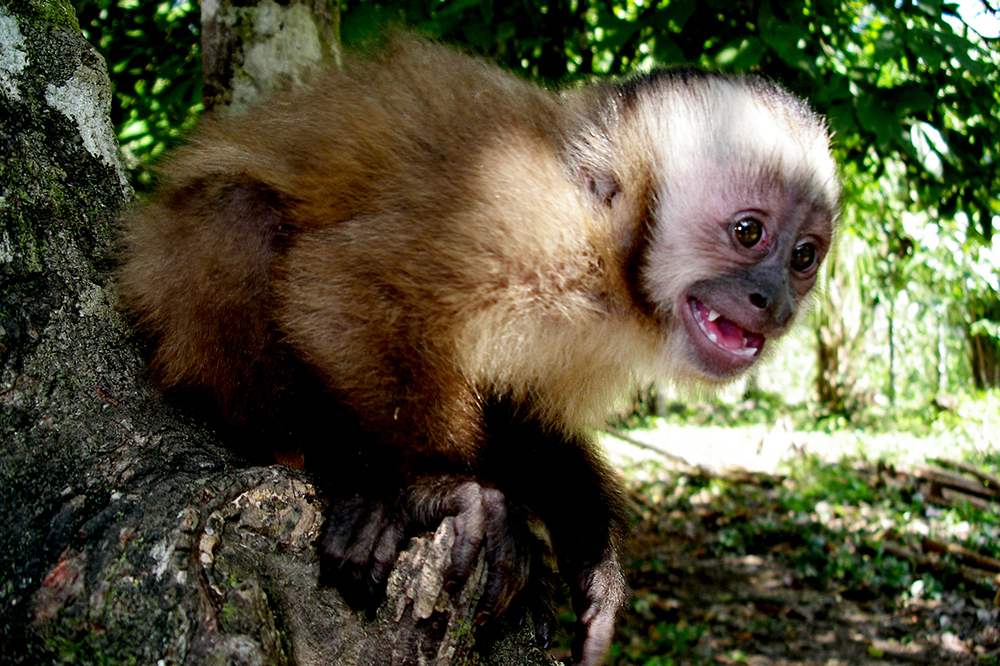by Marisol Mosquera
Madidi National Park
I last travelled to Chalalan Lodge about 12 years ago when it had just opened as an initiative of the US-based NGO Conservation International along with the community of San Jose de Uchupiamonas, located within Madidi National Park. I went by bus that time, 12 gruelling hours I would never repeat!!
Chalalan Lodge is one of the handful of community run lodges in Madidi National Park to the north of La Paz, bordering the Tambopata National Reserve and Bahuaja Sonene in Peru . Since 2001, Chalalan has been self managed by the Community, Conservation International is no longer involved. There are several lodges in Madidi National Park, the 2m. hectare park on the watershed of the Madidi River, one of South America’s most intact ecosystems. The park hosts 44% of all New World Mammal Species, and as many as 1000 bird species.
This time, Simon, Nico and I took the 45 minute flight from La Paz on Amaszonas Airlines, on their 18-seater twin-engine propeller plane operating the route between La Paz and Rurrenabaque (the town in the Beni region where the vast majority of trips to Madidi begin, and from where you can also travel to the Pampas del Heath in Peru). This was the beginning of our 4 day, 3 night adventure in the rainforest. The first night was to be spent in Rurrenabaque (Rurre) and the following two nights at Chalalan lodge, the package that had been prepared for us.
There are 3 daily flights from La Paz (morning, noon and evening), and the flight is pretty scary if you ask me; going from 4000m to 250m above sea level, crossing the majestic Andean snow capped peaks in a little plane is absolutely awe inspiring and terrifying at the same time. Needless to say the plane rocked quite a bit, but we held on tight, admired the views and looked at our watches closely in the hope that we would land very soon.
And so we did, it was steamy and hot, and the airport was a little shack. We were met by the Chalalan representative and we jumped, with everyone else in the plane, into a shabby old bus that took us to the town centre. We popped into the Chalalan office where we registered, they gave us a briefing before whisking us off by bus to the Safari Hotel 5 minutes away. We will recommend our guests to go straight to Chalalan, instead of spending a night in Rurre, which is a waste, even if the hotel is pleasant, has a very nice pool, a verandah and adequate food (and computers with internet). We walked into town did a bit of shopping for essentials, played monopoly on iPad and got ready for our expedition the next day.
At 7.30 we were collected to travel by motorised dugout canoe upriver, firstly along the Rio Beni and then on the Rio Tuichi to Chalalan. In the dry season, due to the low level of the river, the journey takes approximately 6 hours. When the river is higher is it approximately 1.5 hours less. The journey was not uneventful as our boat broke down twice, but it was quickly sorted.
We arrived in Chalalan in good time, walked the 2km trail to the lodge and settled in for lunch. The Lodge has 16 rooms set out in bungalows comprising 1, 2 and 3 rooms. There a kitchen and a dining area. The lodge lacks an interpretation centre or lounge, but they told us they were working on it.
The rooms were very comfortable, all made in wood, the floor beautifully polished. You always had to go into any rooms barefoot or in socks, and that kept the floors clean. The beds were impeccable, with their mosquito nets and the ensuite bathrooms (cold water only) squeaky clean. Electricity for lighting is solar powered and they have a generator for peak times and energy intensive activities. The generator is normally on 3 hours a day, in the early evenings. During the rainy season when sunlight is scant, dinner is often by candlelight and lighting for the bedrooms too. There is no mobile coverage and no internet.
We had a tasty lunch (at a communal table) and set off on our first adventure with our wonderful guide, Mario – a local from the community of San Jose de Uchupiamonas. We took a short walk around Chalalan lake to then return by canoe to the lodge. We heard screaming Pihas, saw a piping guan and saw hoatzin and many blue and yellow macaws overhead. Our guide, Mario was wonderful: he was soft spoken, gentle and knowledgeable. There was little about the forest that he didn’t know, and when he didn’t know, he would tell us.
At the lodge and during meals we met other travellers who were there for a similar time frame as us, generally 3 days 2 nights. We would recommend staying 3 nights though. There was an American and a German single guests and a Dutch and an Argentine family among others, a really varied bunch. There are 12 resident guides at the lodge, so guests usually get a private guide for their party.
After dinner we went for a night walk and saw several different species of frogs and spiders. Then we congregated in the dining room to participate in what they call “Noche Tradicional” where the guides and staff play local instruments and invite the gringos to dance. We had a lovely time and then, quite early at about 10pm, went to sleep.
Our full day of activities the next day would take us – after a hearty breakfast including pancakes and rolls, fruit and yoghurt and juices – on a several hours walk along three of the trails near the lodge. One thing that was sorely missing was good coffee, but we learned to live without it. A morning walk of about 3km took us nearly 4 hours, during which Mario delighted us with rainforest stories and pointed out insects and mushrooms, ants and spiders. We learned about camouflaging in the forest, about fighting for sunlight to moving stilt root trees and many other wonders.
A guide is key in the rainforest, and the most serious rainforest guiding can be found in the southeastern Peruvian and Bolivian rainforest reserves. Without a good guide you are lost and we are lucky we had Mario. The added bonus is that he was local, so his wisdom was even greater and the magic came alive. Many lodges employ foreigners or city biology students, which is great but beats the purpose of community-based tourism.
The highlight of the morning was the acrobatic show held overhead by several dozen squirrel monkeys which delighted us for a good fifteen minutes, and the band of peccaries that we just about ran into. This among many other discoveries and highlights. On arrival at the lodge, and after a shower, lunch and a swim in the lake (Simon not me) we went off on another walk hiking up forested hill on the other side of the Chalalan lake to the mirador, so obtain a panoramic view of the forest and lake. The view was absolutely stunning. We canoed back and enjoyed the quiet of the wilderness. Dinner was delicious, and afterwards we continued in the canoes looking for cayman, seeing 2.
The next morning after breakfast we had to bid farewell to our lovely lodge and set off for our return journey to Rurre. This time it was downriver so it was much easier. An easy 3 and a half hours got us back to town were we were briskly organised on motorbikes and set off to the airport to catch our little plane to La Paz. The return was much rockier, and added to the altitude difference and the lack of pressurised cabin made us feel very tired for the rest of the afternoon.
In hindsight, we missed a couple of birdwatching outings along the river and on the lake. But with the little time we had, we had to miss something. Mario said they had a couple of expert birdwatching guides. Once in La Paz, 45 minutes later, and a world apart, we think of Madidi as a mirage. We hope to be back sometime hopefully soon, and stay a bit longer.





